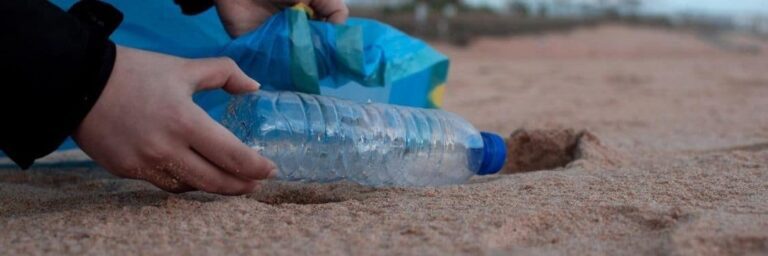Good space of the global landfills is old mattresses tossed by different persons due to a proper lack of basic knowledge on mattresses end life. Unlike any other household materials, the removal of mattresses vary in size and are very tough to manage upon reaching their end life. However, before you toss your mattress into the municipal landfill, there are basic facts that you need to know about mattress recycling.
1) Mattresses are overly tough to reuse
As the mattresses age, they accumulate dust and other different types of pest, mostly bugs. An old mattress can be a potential risk factor to illnesses such as allergies. Due to this fact, most charity organisations do not accept old mattresses for reuse.
However, this does not mean you should never give away an old mattress to a needy person in your village. In fact, you can do it. So long as the mattress is not stained or ripped, you can feel free to give it away. There are other types of mattresses that are made up of dust-resistant materials. You can check whether the old mattress is mice infested or not before giving it out.
2) Many municipal councils do not include mattresses in their recycling lists
Unlike other materials used in different homesteads daily, mattresses are made of materials that are overly tough to recycle. You will need to disassemble it before being recycled. During the process, there are technical skills and hi-tech equipment used that most states lack. In regards, various states usually offer landfill for easier and more effective disposal of mattresses.
3) 42% of the mattress components become brittle in their end life
Mattresses consist of foam, synthetic latex, and textiles. These products form 42% of their weight and approximately 80+ percent of their volume. These materials break down into microscopic pieces after their useful life. They pose a significant level of environmental hazard as compared to any other type of waste disposal.
4) 85% of the mattresses are recyclable
Though most states still dump off mattresses in landfills, it is worth noting that 85% of mattress components are recyclable. Mattresses are made up of 48% box and steel inner springs, 28% foam, 14% fabrics, and fibres, and 5% wooden box spring. The springs can be made into new steel, and the foam into padding, carpet, or cushions. The fibres and the fabrics can be made into carpets and industrial filters, while the box springs are chipped and shredded to form animal bedding, biomass or mulch. The remaining percentage is synthetic fibres that cannot be recycled.
5) Mattresses are the most growing form of garbage in Australia
According to recent research by MWRRG, mattresses are the main component of waste materials that form a good portion of Australian garbage. The research enumerates the growing figures of mattresses as compared to the other forms of litres.
6) 75% of the mattresses are reclaimed back by their original processors
According to recent research by Bye Bye Mattress, most companies hold liability for the old mattresses they process. Therefore, to effectively continue efficient service delivery, they reclaim most of their old mattresses for recycling. Like electronic white goods appliances, most mattresses are now returned to them for recycling.
7) Mattresses take up to a century to decompose
During their makeup, the processing companies design mattresses in such a manner that they can last up to a decade when kept in good condition. Meaning when tossed in a landfill, these materials may take centuries before they fully return to Earth. The plastic components of the mattresses, including the foam, can take another decade to decompose fully.
8) For every tonne of mattress recycled there are 1.5 tonnes of Carbon (IV) Oxide savings in the greenhouse.
During the course of decomposition, the synthetic fibers and the plastic components of the mattresses react with the air to form carbon (IV) oxide gas. According to research, 1.5 tonnes of this gas is released from a chemical reaction that involves only a tonne of old mattresses.
9) For every tonne of mattress recycled there is 25 cubic metres of landfill space preserved
Just as aforementioned, mattresses are overly large in size. Hence, they tend to fill up the landfills faster as compared to other types of litres that are tossed into the landfills. A tonne of old mattresses can cover up to approximately 25 cubic metres of landfill space.
10) Most companies recommend DR3 method in mattress recycling
Recycling a mattress was always daunting until the now commonly used DR3 method was initiated. In this method, the old mattress is diverted, reduced, reused and finally recycled. In fact, this method has been a huge spike in the mattress recycling business among various states and countries.
11) Globally, only 40% of used mattresses are recycled
With time each individual state feels the need to reduce the number of mattresses that end up in landfill. However, narrowing the digits to zero is still a dream. In the US, only 13% of used mattresses are recycled annually. This form a negligible part of the 40% global number of used mattresses recycled.
Paul’s Rubbish Removal in Sydney is the experts in removing all types of junk. We specialise in removing old and broken mattresses from your home or apartment. Our qualified team can reliably and safely haul your mattress away for you and recycle it. All you need to do is contact us on 0407 125 125 and we’ll handle the rest.







